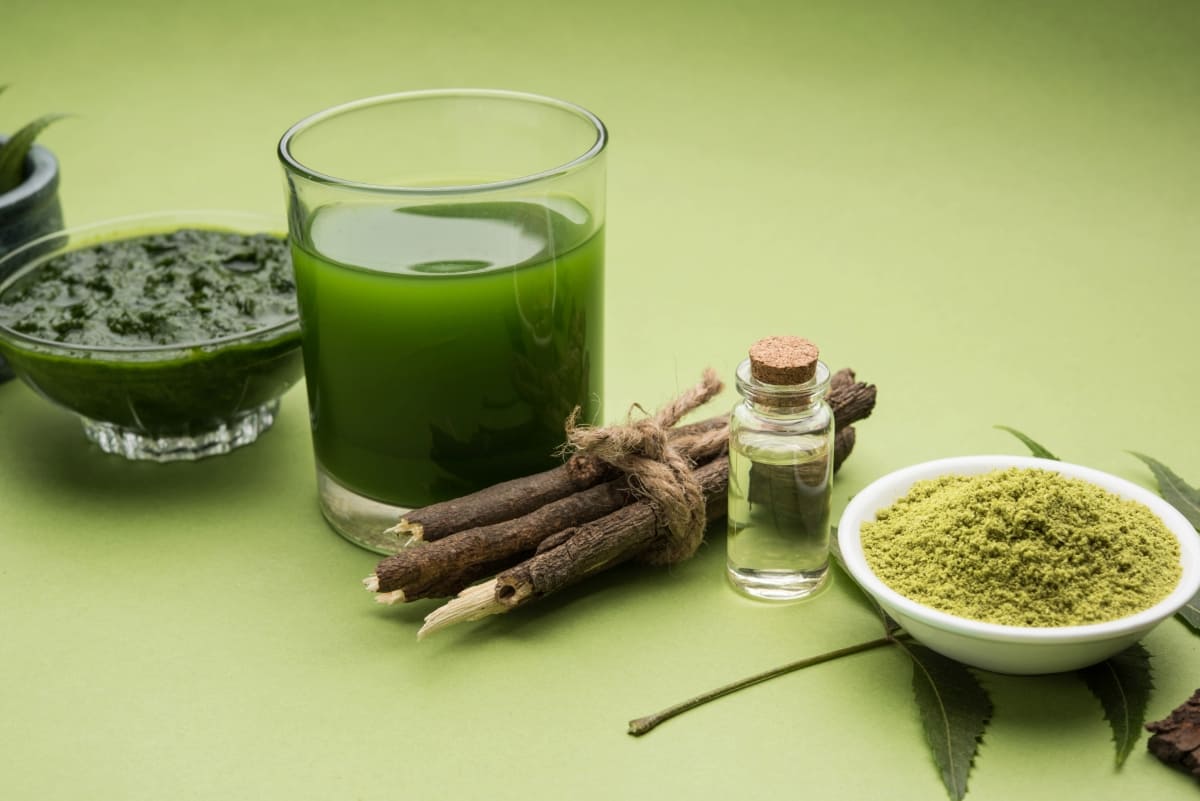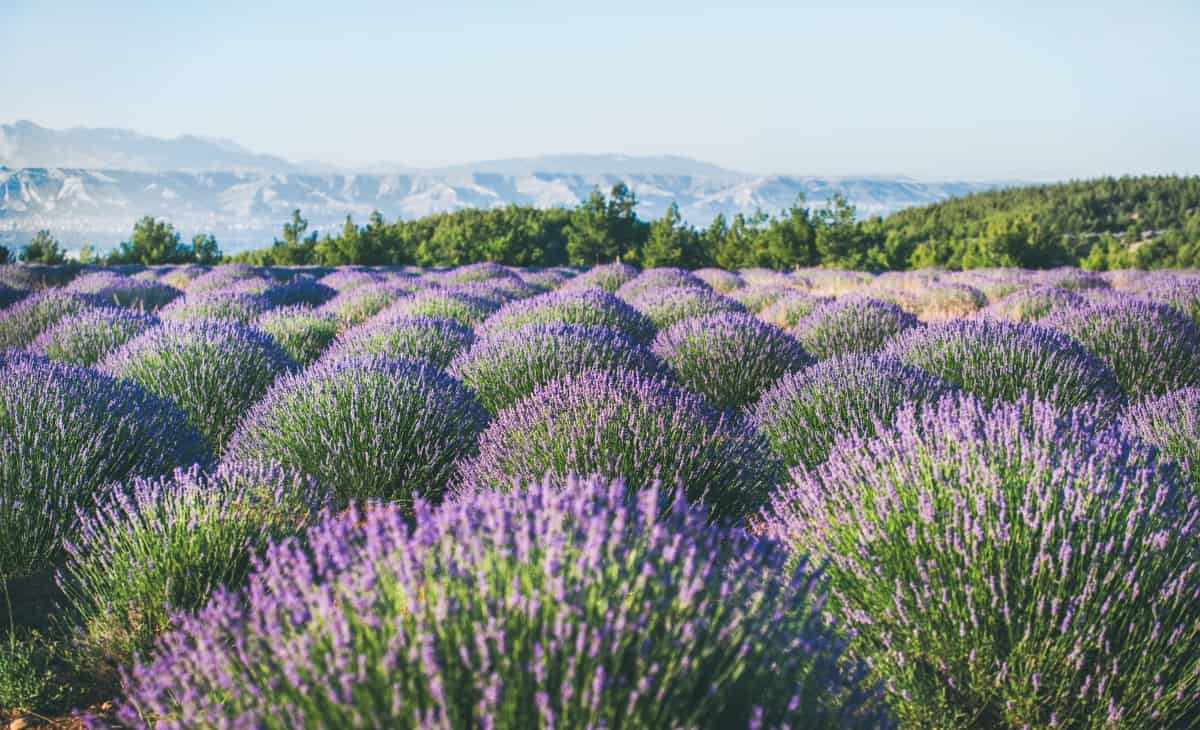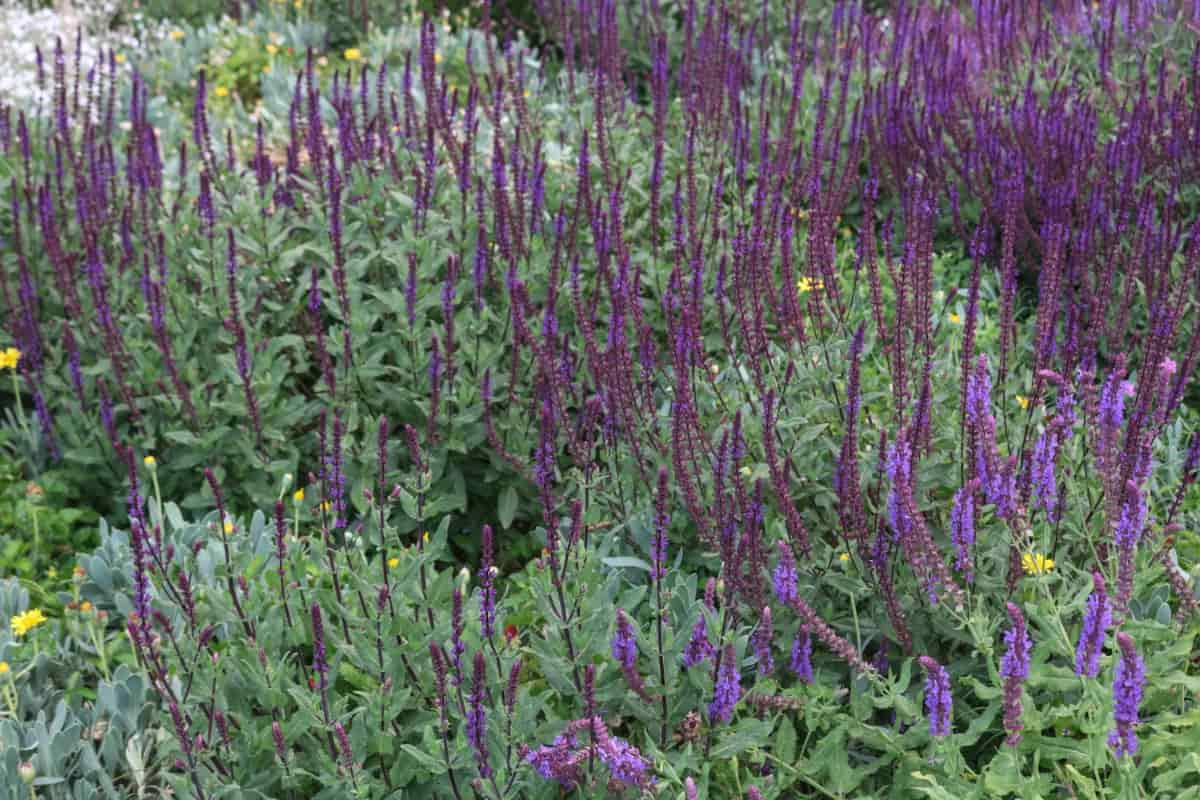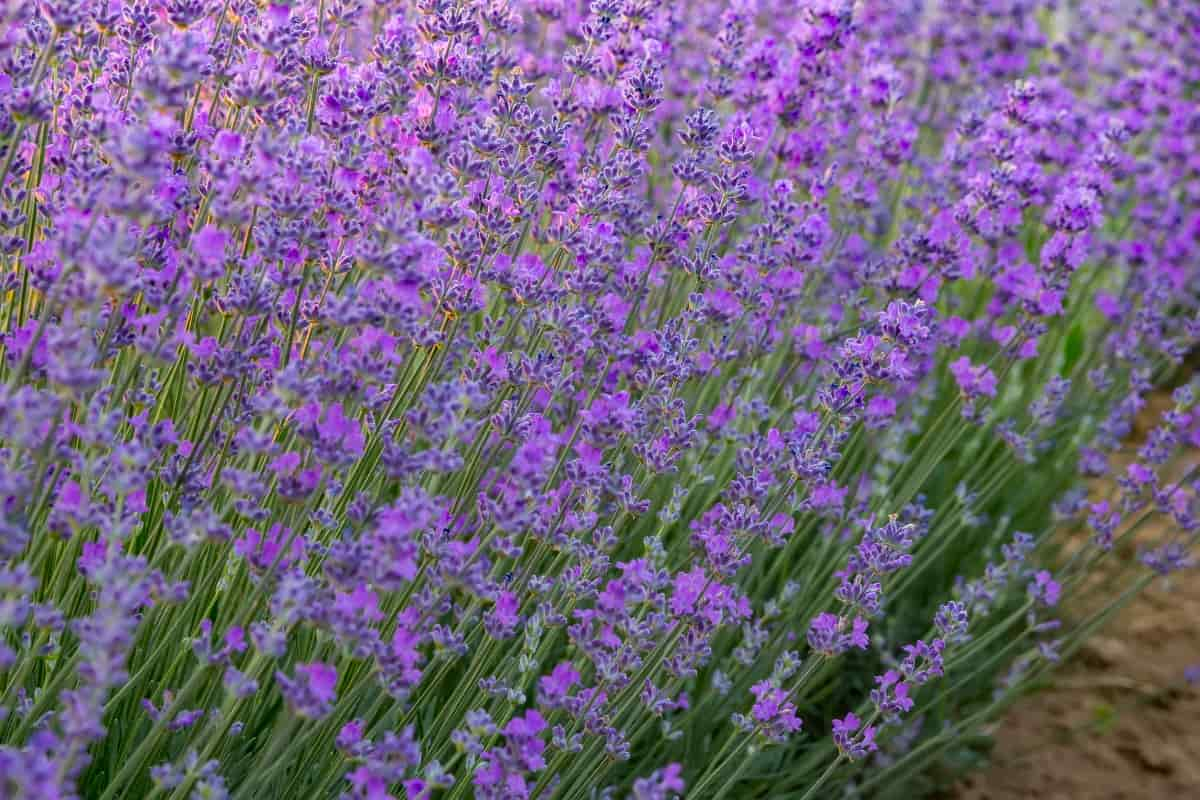Neem oil offers numerous benefits to lavender plants. Its natural pesticidal properties help combat common pests like aphids and spider mites, safeguarding the plants from infestations. Additionally, neem oil acts as a fungicide, preventing diseases such as powdery mildew. Its application enhances soil quality, promoting healthier root systems and overall plant vigor.

Neem oil also serves as a repellent, deterring unwanted insects while attracting beneficial ones. Its eco-friendly nature makes it a sustainable choice for organic gardening, minimizing harm to the environment. Overall, neem oil contributes to the well-being and resilience of lavender plants, ensuring robust growth and abundant blooms.
How to Use Neem Oil on Lavender Plants
Step-By-Step Guide: Applying Neem Oil on Lavender Plants
- Dilute neem oil according to package instructions, typically 1-2 tablespoons per gallon of water.
- Apply in the early morning or late evening to prevent leaf burn and ensure absorption.
- Use a garden sprayer for even coverage. Start from the bottom, moving upwards, covering both sides of leaves and stems.
- Apply every 7-14 days or as needed, especially during the growing season or when pests are present.
- Do not exceed recommended concentrations, as neem oil may cause harm if applied excessively.
- Maintain regular applications for continued protection and overall plant health.
Using Neem Oil Safely on Lavender Plants: Dos and Don’ts
Do’s
- Always follow recommended dilution ratios to prevent potential harm to plants.
- Neem oil will be more effective when applied in the early morning or late evening to avoid leaf burn and ensure absorption.
- Use a garden sprayer for even coverage on both sides of leaves and stems.
- Apply every 7 to 14 days during the lavender growing season or as needed for pest control.
- Neem oil should be used as a preventive measure against common lavender pests like aphids and spider mites.
- Neem oil is suitable for organic gardening, providing an eco-friendly pest control option.
Don’ts
- Avoid exceeding recommended neem oil concentrations, as it may harm plants.
- Do not apply in intense sunlight to prevent leaf burn.
- Apply neem oil only when necessary to avoid disrupting beneficial insects.
- Maintain a consistent schedule to ensure ongoing pest protection.
- Avoid applying neem oil during colder months when lavender is dormant.
- Choose pure neem oil without harmful additives for optimal plant safety.
Maximizing the Effectiveness of Neem Oil on Lavender Plants
- Apply every 7-14 days for preventive care and more frequently if pests are present.
- Ensure thorough coverage, spraying the tops and undersides of leaves.
- Maintain a consistent schedule for optimal results.
- Neem oil is effective against aphids, spider mites, and whiteflies.
- Refrain from neem oil application during the flowering stage to protect pollinators.
- Before widespread use, test neem oil on a small section to check for any adverse reactions.
- Combine neem oil with cultural and biological controls for a holistic approach.
- Regularly inspect plants and adjust neem oil application based on pest presence and plant health.
In case you missed it: How to Use Neem Oil on Pepper Plants: A Natural Way of Getting Rid of Bugs from Chili Pepper Plants

Neem Oil Works as a Natural Pest Control Solution for Lavender Plants
Neem oil serves as a potent natural pest control solution for lavender plants. Its active compounds disrupt the life cycle of pests like aphids, spider mites, and whiteflies, acting as an effective deterrent. The oil’s pesticidal properties not only repel harmful insects but also inhibit their feeding and reproductive capabilities. Neem oil acts as a systemic pesticide, penetrating plant tissues to provide long-lasting protection.
Also, it serves as a fungicide, preventing diseases such as powdery mildew that can affect lavender. As an eco-friendly alternative, neem oil does not harm beneficial insects, ensuring a balanced garden ecosystem. Regular application, especially during the growing season, enhances lavender plant resilience, promoting healthier growth and vibrant blooms while aligning with organic gardening principles.
Enhancing Lavender Plant Health with Neem Oil Treatments
Neem oil treatments contribute significantly to lavender plant health. The oil’s natural properties act as a dual-purpose solution, combating pests like aphids and spider mites while preventing fungal issues like powdery mildew. Regular applications bolster the plant’s immune system, fostering resilience and vitality. Neem oil enhances soil quality, promoting robust root development and overall plant vigor.
Its eco-friendly nature aligns with sustainable gardening practices, avoiding harm to beneficial insects. By incorporating neem oil into a routine care regimen, lavender plants thrive, showcasing increased bloom abundance and maintaining optimal health throughout the growing season.
Preventing Fungal Infections in Lavender Plants with Neem Oil
Neem oil is a potent ally in preventing fungal infections in lavender plants. Its antifungal properties create a protective barrier, hindering the development of common issues like powdery mildew. Regular application forms a shield on the plant’s surface, inhibiting fungal spore germination and growth.
In case you missed it: How to Use Neem Oil on Landscape Plants: A Natural Way of Getting Rid of Bugs in Landscape Gardens

By disrupting the fungal life cycle, neem oil ensures lavender plants remain resilient and disease-resistant. Additionally, its natural composition makes it a safe and sustainable choice for organic gardening. Consistent use during the growing season effectively safeguards lavender plants, promoting a healthy and thriving garden environment.
Promoting Growth and Blooming in Lavender Plants with Neem Oil
Neem oil fosters robust growth and abundant blooming in lavender plants. Rich in nutrients, neem oil enhances soil quality, promoting optimal conditions for root development. Its natural compounds act as growth stimulants, encouraging strong and vigorous plant growth. By deterring pests and fungal threats, neem oil safeguards the plant’s energy for productive growth and flowering.
Regular applications during the growing season ensure a resilient lavender garden. The oil’s systemic action not only protects against common pests but also fortifies the plant’s internal defenses. As an organic solution, neem oil nurtures a balanced ecosystem, allowing lavender plants to flourish with vibrant blooms and sustained vitality.
Incorporating Neem Oil into the Lavender Plant Care Routine
Integrating neem oil into your lavender plant care routine is essential for optimal health. Dilute neem oil as per instructions and apply it every 7-14 days during the growing season. Begin by thoroughly spraying the foliage, ensuring coverage on both sides of the leaves and stems. This routine combats common pests and prevents fungal infections, promoting a robust lavender garden.
Neem oil will be more effective when applied in the early morning or late evening to prevent leaf burn and enhance absorption. Its systemic benefits fortify the plant’s natural defenses while promoting nutrient absorption for healthier growth. Neem oil not only protects against pests but also nurtures a sustainable and balanced environment, ensuring your lavender thrives with lush foliage and abundant blooms.
Common Issues of Neem Oil Application on Lavender Plants
Despite its benefits, neem oil application on lavender plants can pose challenges. Overapplication or use of undiluted oil may harm plants, causing leaf burn. Timing is crucial; avoid applying in intense sunlight to prevent this issue. Inconsistent application may compromise pest control effectiveness.
In case you missed it: How to Use Neem Oil on Marigold Plants: A Natural Way to Control Marigold Pests

Residue may accumulate on leaves, affecting aesthetics. Additionally, neem oil’s distinct odor may be unpleasant. Balancing proper dilution, timing, and monitoring for plant sensitivities addresses these concerns, ensuring neem oil optimally benefits lavender plants without drawbacks.
Conclusion
In conclusion, incorporating neem oil into your lavender plant care routine involves diligent steps to maximize benefits. By following this step-by-step guide, you not only harness neem oil’s natural properties effectively but also promote a thriving and resilient lavender garden.
- Ultimate Guide to Ossabaw Island Hog: Breeding, Raising, Diet, and Care
- Ultimate Guide to Juliana Pig: Raising Facts, Size, Diet, Care, and Lifespan
- Raising Lleyn Sheep: Disadvantages, Price, Uses, Characteristics, and Care
- Ultimate Guide to Meishan Pig: Breed Facts, Breeding, Raising, and Care
- Ultimate Guide to Teacup Pigs: Raising, Diet, Lifespan, Cost, and Care
- Guide to Raising Poll Dorset Sheep: Facts, Profile, Characteristics, Uses, and Care
- Ultimate Guide to Bighorn Sheep: Characteristics, Diet, Lifespan, Breeding, and Lifecycle
- Ultimate Guide to Raising Katahdin Sheep: Farming Facts, Breed Profile, Uses, and Care
- Ultimate Guide to Raising Oreo Cows: Belted Galloways Farming Facts, Profile, Uses, and Care